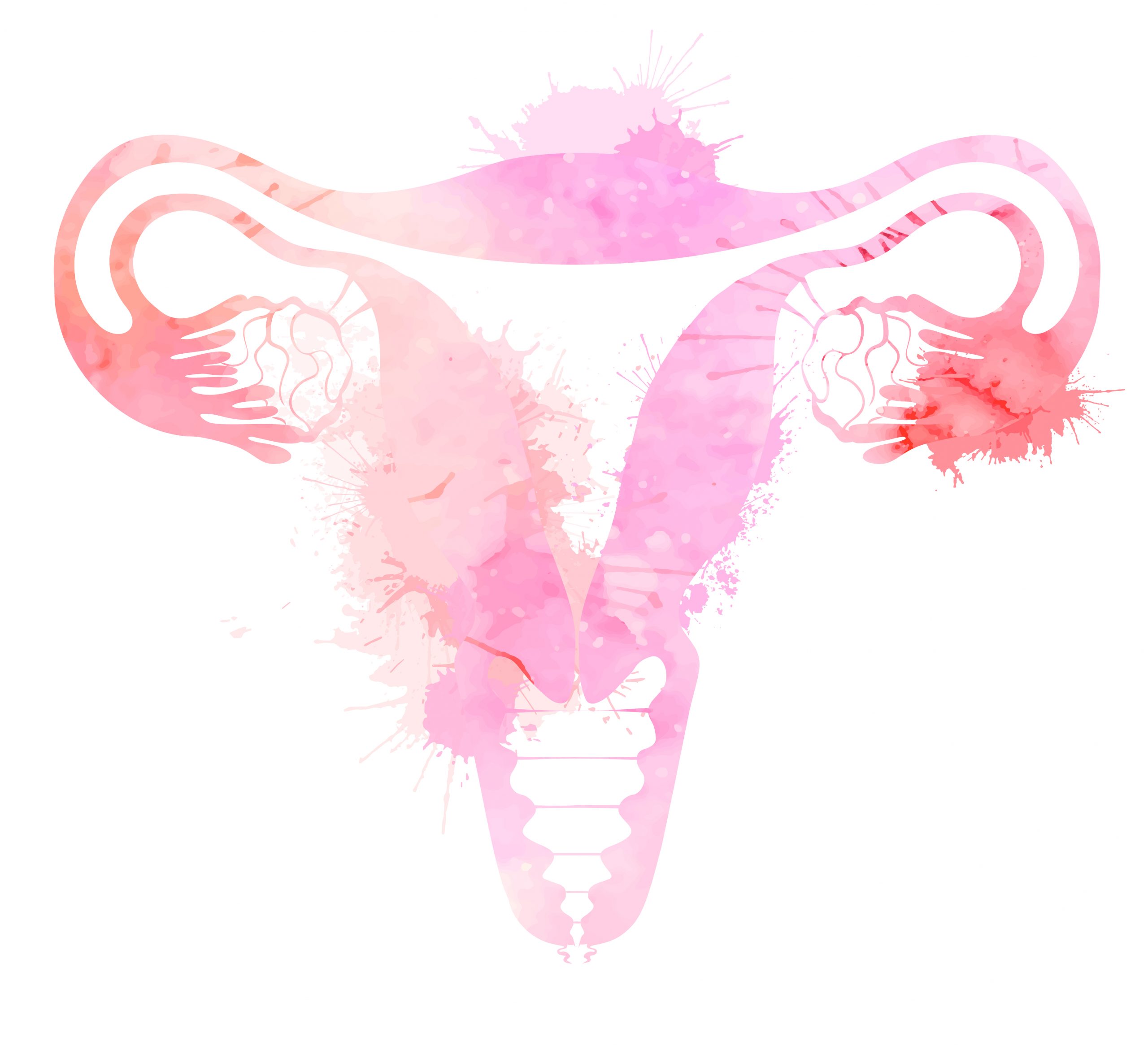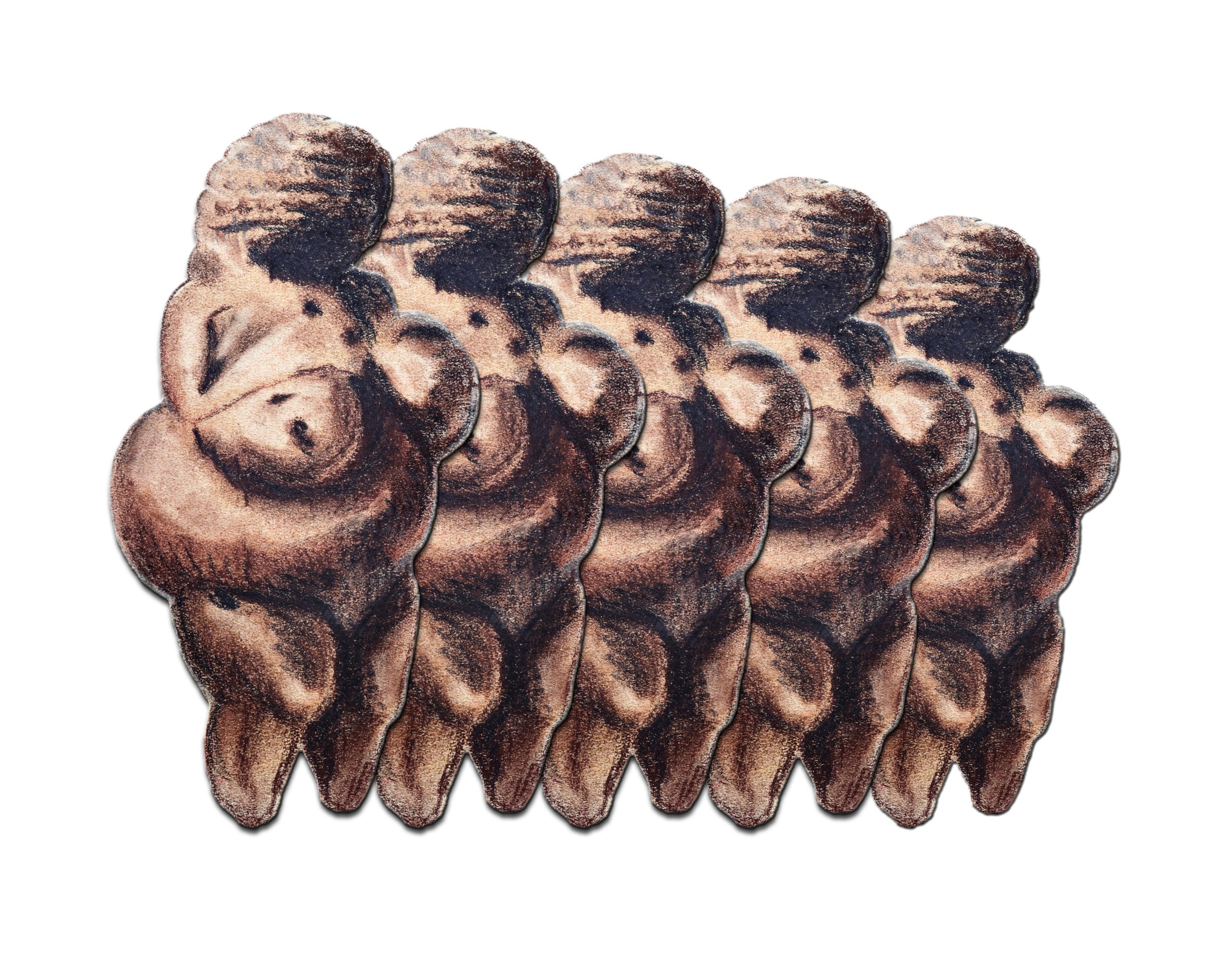Our human bodies cannot be reduced to interchangeable commodities.
Bring Back the Whole Woman

How old wisdom about menstruation unlocks higher performance.
There are three ways to talk about the menstrual cycle. The first is scientifically, with reference to hormones and how they fluctuate. The second is holistically, combining a mix of anecdotal evidence, observation, old wisdom and ancient practices of women across continents, centuries and even a few religious texts. There is also a third way which uses terms like “crazy,” gives excuses for poor behavior, and allows women to believe they are victims to some kind of curse happening in their bodies instead of working with their own biology.
Obviously the third way is the most ignorant. But it is also the most prevalent way of talking and thinking about the menstrual cycle in modern western society. The second way is often ridiculed for its perceived departures from or inconsistency with the first: in our hyper-materialist age, talk of moon cycles or spiritual fluctuations sounds to many like mere woo-woo.
But this prejudice has left women with a shocking lack of information about their bodies, and it has produced an embarrassing ignorance among men about this issue as well. Older, more poetic ways of talking about the menstrual cycle may come as a turn-off to the facts and figures crowd. But these ways of talking convey ancient wisdom that has been passed down from mother to daughter for centuries—wisdom about how to maximize the unique potential of the female body and soul. Women today are being cheated out of all this ancestral knowledge because it cannot be spelled out in terms of numbers and data. It is my mission to get one million women working and training in sync with their cycle.
I am a personal trainer and a fourth-generation women’s health practitioner. My clients are all women and my work centers around women-specific issues in health and fitness. I help women use nutrition, exercise and lifestyle changes to manage hormonal shifts and gain more control over various chronic illnesses they may have. I work with women, not only because I am one, but also because the movement and nutrition habits of one woman often impact health and fitness for two or three generations.
When I work with my clients, I take the holistic approach. I do explain the scientific reason behind the shifts in energy through the cycle. But while it’s good to know how much your estrogen and testosterone levels rise at any given time, it’s not useful on a day-to-day basis. What is most important is to understand each phase of the cycle, its overall nature, and how to work with it.
The Four Phases
Like many things in life, we experience our period in four distinct cycles that actually mirror the seasons and cycles of the moon. When we understand this, we can more easily work in harmony with our bodies and reap the long-term benefit of being in sync with our most basic energies.
Days 1-6 of your menstrual cycle, when you’re bleeding, is like a winter. It’s an energy which corresponds to the period of the new moon. This is a time of rest, reflection, forgiveness and observation. We are quiet, slow, passive, releasing, and withdrawn. Women during this time have a strong and sustaining energy, but it is underground. We are intuitive and sensitive: we tap into the archetype of the Wise Woman.
During this time, women’s energy is withdrawn and passive. We experience a deep sense of letting go, restfulness, peace, and connectedness. It is a good time to review one’s life and goals—is everything still in line? Are we still on the right track? I encourage women to drop expectations during this season and take this time to dream. There is nothing to fix—it is a good time for gentle yoga, leisure walks, bike rides, swims, and body work.
Around days 7-13, pre-ovulation, women go through a kind of springtime, correlated with the waxing moon. This is a time of increasing light and new beginnings. The personal energy is social and active. We are waking up from winter, life is speeding up again, and new projects come to the surface. This is a creative, active, social, and ambitious time for us.
Crucially, this is the phase that the world expects from women all the time – it is when we are most in line with our masculine energies and our “badass” energy. The modern working world is unable to understand women except in these terms: in the business world, this is all we are or are allowed to be. Our energy is social and active, and we fit into modern expectations of work, energy, action, and productivity. This is a good time to plan ahead, take risks, analyze, and create structure. In the gym, it is time to lift heavy and work at 110%.
Then comes ovulation: the time of summer and the full moon, around days 14-21. This a time of beauty, fun and lightness. Personal energy is social and passive. It is summer, the sun is shining, it is hot, life is fully blooming and thriving, and we are in a good mood. This too is a strong and sustaining energy, but this time it is above ground. We are playful, social, giving, passive, and sensual. Even though our intuition is high, we are not as reactive. In fact we listen and provide best here: we become the Nurturer.
This portion of the cycle also includes the first part of the luteal phase, after ovulation, in which estrogen levels are high and the body prepares for potential fertilization. We tend to feel at our most connected, but it is a mistake to think “this is who I really am.” Like all of the phases, we are passing through this one. Ovulation is a good time for heavy weightlifting and increased intensity.
Finally we enter the pre-menstrual period, which is like the season of fall and the time of the waning moon. This comes around days 22-29. The woman’s personal energy is withdrawn and active. It is a time of assessment, of tying up loose ends and doing everything we can before the pause comes. It feels a bit like we are restlessly waiting for winter. We are driven but withdrawn, making preparations for the quickly approaching dark time.
This is when we become the Wild Woman. Because of the rise in basal temperature after ovulation, we have been burning around 200 calories more a day. We are busy, hungry and worried, trying to find the bug that needs to be released from the program during menses. Don’t try to resist this time: it’s a part of the process, during which you can look for problems that need fixing or forgiveness. It is best to just let a woman put her head down and work on her own projects. This is a good time for intense yoga and mid-effort cardio. You should be operating at about 80%.
Taking Stages as They Come
I have yet to meet an active woman who didn’t take low performance days personally. For women who strive to do better and stay strong, being unable to finish a workout as prescribed feel like a personal attack on our worth as a capable human being. This self-flagellation is unnecessary. Like so many internal struggles that women face, it comes because we haven’t been taught to understand our cycle.
The world wants women working at 110% all the time. This is because we have lost the wisdom that comes with recognizing hormonal shifts, the wisdom that can best be conveyed in metaphor and mythology.
It is an easy trap to think that women are only our “best” side. We are all four phases. We may appreciate or feel better during one of them, but every phase has its usefulness and gives us a door to get specific tasks done. No matter what, ALWAYS honor the first full day of the period. This is an important day for a woman’s body and making a habit of taking this time for yourself will serve your physical health, mental health and overall wellness for years to come.
The American Mind presents a range of perspectives. Views are writers’ own and do not necessarily represent those of The Claremont Institute.
The American Mind is a publication of the Claremont Institute, a non-profit 501(c)(3) organization, dedicated to restoring the principles of the American Founding to their rightful, preeminent authority in our national life. Interested in supporting our work? Gifts to the Claremont Institute are tax-deductible.
You don't need a study to tell you what common sense confirms.
From the CDC on down, medical institutions have betrayed our trust too many times.
Which way, Western woman?
Conservatives and feminists must unite against technocratic effacement.





